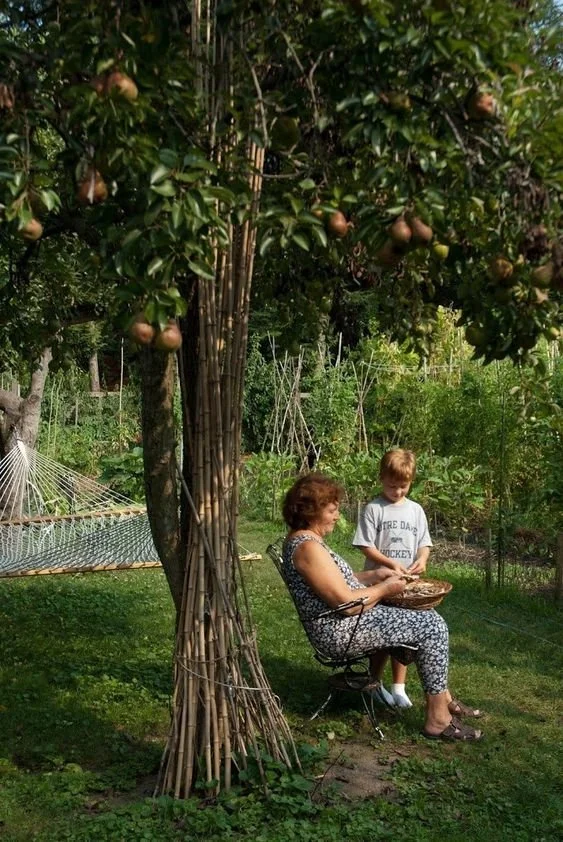The Legacy of Italian Fig Trees in America
Seeds and cuttings of Mediterranean plants, including fig trees, were brought to the United States by Italian immigrants in the late 1800s. Despite initially harsh climates in cities like Astoria, Cleveland, and Pittsburgh, the trees thrived, becoming a distinctive feature of historically Italian neighborhoods. Mary Menniti, the granddaughter of Italian immigrants, is preserving this cultural legacy through the Italian Gardens Project. She documents Italian-American gardens, focusing recently on heirloom fig trees, with the goal of creating a living museum showcasing their regional diversity.
Italian-American gardens, once vital for survival, were spaces for intergenerational learning and a connection to Mediterranean produce. As supermarkets and assimilation diminished gardening traditions, Menniti recognized the need to preserve this knowledge. She embarked on a decade-long journey, profiling gardens, conducting walking tours, and sharing stories, photographs, and seeds from Italian-American gardeners. Fig trees, in particular, evoke strong emotions, symbolizing historical resilience and adaptation to new environments.
The project participants, like Nick Ranieri, share stories of smuggling cuttings in suitcases, grafting, and nurturing these trees. The love for fig trees extends beyond nostalgia; it represents a historical means of survival for Southern Italians, providing a reliable source of dried fruit during lean times. Menniti emphasizes the emotional connection people feel to these trees, often demonstrated at Italian-American festivals.
Winterizing these plants becomes a yearly ritual for gardeners, with some even burying young trees underground. Menniti sees the fig tree as a symbol of resilience, thriving in environments where it's not expected to grow. The project aims to build a physical collection of Italian-American heirloom seeds, including fig trees, and create a public garden with oral histories from contributing families. Menniti hopes to extend the project to include other communities with connections to the fig tree, such as Greek Americans and Turkish Americans.
For Menniti, each harvest of her own fig tree is a poignant act of remembrance and growth, bringing her closer to her grandfather's legacy. The Italian Gardens Project serves as a tribute to the resilience of Italian-American gardeners and their enduring connection to the fig tree.
Source Atlas Obscura


